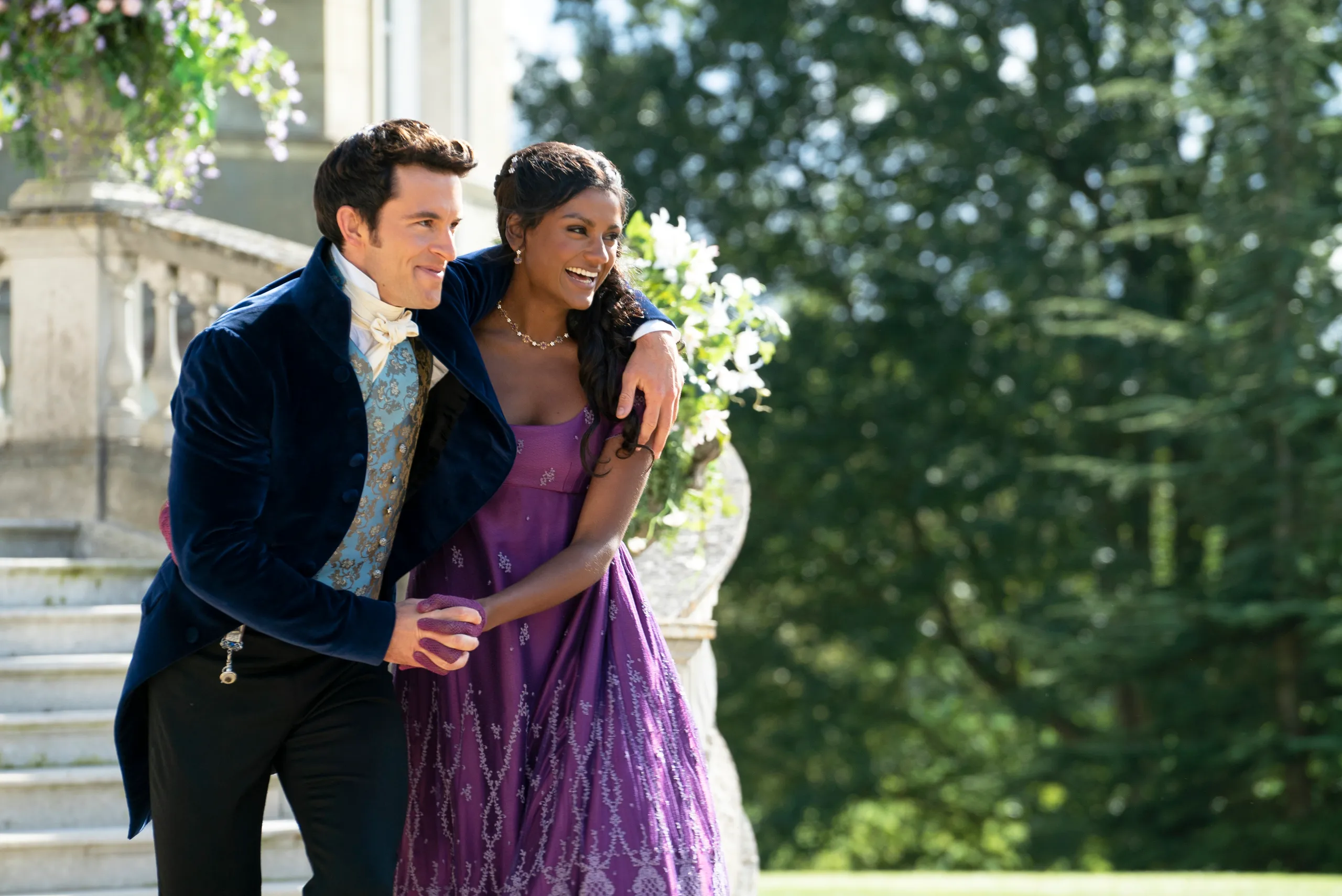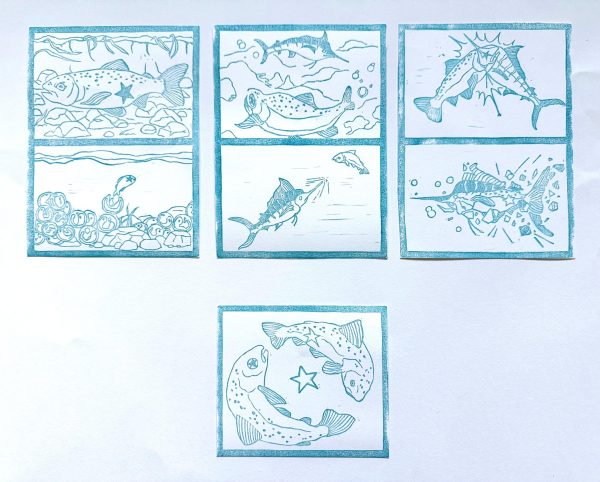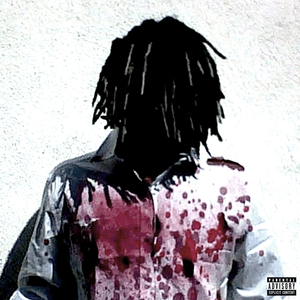“Bridgerton” beautifully tackles South Asian representation
As the orchestral version of the titular song from the popular Bollywood film “Kabhi Khushi Kabhie Gham” plays in the background of Ms. Edwina Sharma’s haldi ceremony, it becomes abundantly clear that season two of “Bridgerton” got South Asian representation right, a feat finally well executed.
Being South Asian myself, representation in American media growing up was scarce and that had a lasting impact on me. A lot of the time, it felt like the American media did not find South Asian women beautiful. While in recent years, there have been some shifts like CeCe from “New Girl,” it still feels like South Asian characters are only used for comic relief.
The only characters that were Indian were wildly stereotypical brown Disney characters Ravi and Baljeet, whose Indian accents and obsession with grades made me feel disheartened to be Indian. And with eurocentric beauty being shoved down my throat at the same time, I never felt proud of my heritage or felt like I was beautiful through it.
So when Netflix announced the female love interest for Anthony Bridgerton, Kate, or as she is later named Kathani, would be an Indian woman, I was skeptical but excited.

(Photo courtesy of Netflix)
“Bridgerton” surpasses my hopes through its inclusion of both smaller and larger details, which make the second season far better than the first. For example, there is one moment in the show where Kate says she does not like how the English make their tea, an allusion to how different English and Indian tea (or masala chai) tastes, something that as an Indian, I related to heavily. Another is the less sexually explicit scenes between Anthony and Kate.
Season one is known for its spicier moments, but season two has fewer of them. While some viewers are outraged by the lack of mature content, I found it refreshing that “Bridgerton” did not play into the hypersexualization of brown women or label Kate Sharma as exotic. It is refreshing to see little quirks about Sharma’s South Asian identity while not making it a defining part of her character.
Some examples of this were through Kate and Anthony’s Mr. Darcy and Elizabeth Bennet style arguments, where Kate’s wittiness shined through, contrasting Anthony’s cocky demeanor. Her quick remarks, yet refined and dignified personality, made me fall in love with her from the first episode,
However, I loved how developed Kate was. Even though she was fighting her feelings for Anthony throughout the season, her soft spot remained for her sister, Edwina. Only wanting what was best for Edwina, Kate’s personality shone through as protective, and the older sister or “didi” everyone needs. Kate was not there to be the Indian token character or the damsel in distress, she was a character who made the plot her own, and left a large impression on viewers because of her fight for her and her sister’s happiness.
Another major win for the South Asians is that Kate is a dark-skinned South Indian woman, something that does not get much representation in Hollywood, and its Indian counterpart, Bollywood. It felt that my community was finally being heard, and it was an honor to be able to witness that when it seemed it would take a lot longer.
The small details and a beautifully written story make the season enjoyable and not cliché. With its “Pride and Prejudice” vibes and a slow burn worth waiting for, the sophomore season of “Bridgerton” makes me feel empowered as a South Asian woman, and hopeful that the show will provide the necessary representation for other marginalized communities going forward.
Niyatee is excited to be this year's Senior Sports Editor and this is her second year on the staff. In her free time, she loves to read, listen to music,...











